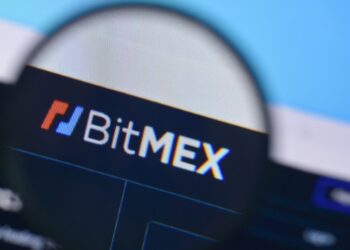USD Coin (USDC) issuer Circle has rejected claims that it blames the United States Securities and Exchange Commission (SEC) for the failure of its $9 billion plan to go public in December, according to a spokeswoman for the company.
The representative of the stablecoin issuer was responding to an article that was published on January 25 in the Financial Times. The article characterised Circle as having “blamed” the securities regulator for its “derailed” listing by dragging its feet on the approval of a merger agreement. “Circle has not and does not blame the SEC for anything related to the mutual termination of our SPAC merger agreement with Concord,” the representative said, adding that any statements to the contrary are inaccurate.
Circle’s listing on the New York Stock Exchange (NYSE) was contingent on them being able to combine with Concord, a company that was established by banker Bob Diamond through an arrangement known as a Special Purpose Acquisition Company deal, also known as a SPAC deal. This was one of the requirements for Circle to be eligible for NYSE listing.
According to the Financial Times, Circle said that the merger was unable to be completed because the SEC did not declare the relevant S-4 registration valid in a timely manner. This would have caused the agreement to become null and void on December 10th.
The spokeswoman for Circle, on the other hand, drew reference to earlier remarks made by the business in December and said that “the contract just termed out.”
However, on December 5 — the same day that it was announced that the deal had been terminated — Concord filed an 8-K form with the SEC, which revealed that it was being delisted by the NYSE due to “abnormally low trading price levels.” Prior to this, Concord had not publicly disclosed a reason for the failed business combination.
In point of fact, Circle co-founder and CEO Jeremy Allaire had nothing but positive things to say about the SEC in a tweet he posted on December 5. In the tweet, he mentioned that while it was disappointing that they were unable to complete qualifications in time, the company was still planning on becoming a publicly listed one.
Credit: Source link












































